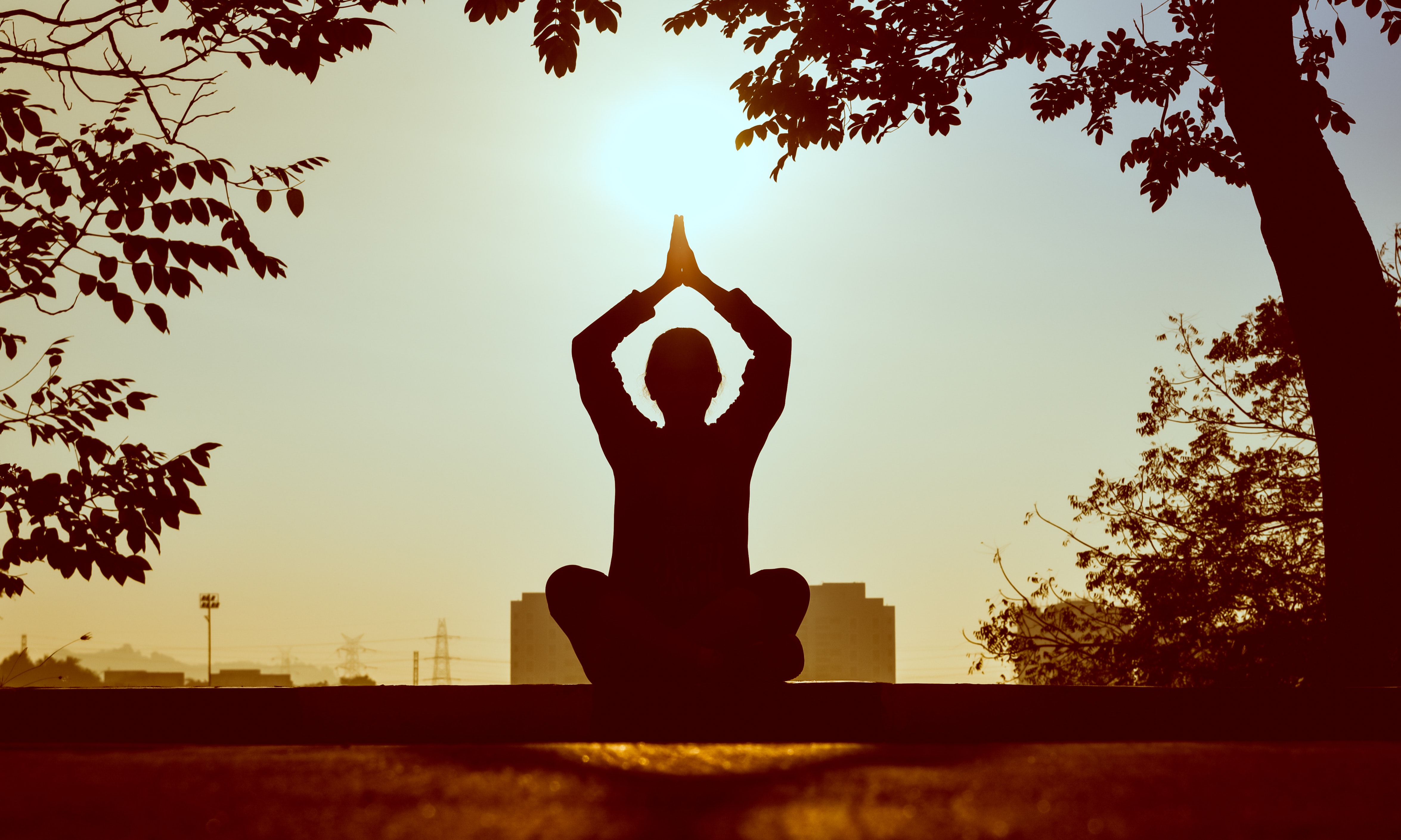8 Limbs of Ashtang Yoga
Mar 15, 2022
Ashtang Yoga
Ashtang Yoga was detailed by Rishi Patanjali in the Patanjali Yoga Sutras about 4,500 years ago. The eight limbs of Ashtang Yoga are - Yama, Niyama, Asana, Pranayam, Pratyahar, Dhyan, Dharna, Samadhi.
Sanatan Kriya encapsulates these eight limbs in their entirety. By following the practice of the five Yamas and five Niyams, the path of Yoga becomes clear. The impediments in the progress of the practitioner or sadhak get removed leading the sadhak to the next stage, which involves the purification of the physical and the etheric self.
Asana is defined as Stir Sukham Asanam in the Yoga Sutras. This means any posture in which you are still (sthir), gives you happiness/comfort (sukh) and can be held for any period of time is an asana. The sadhak attains a healthy physical body, helping him or her to move further in the spiritual practices.
Pranayam is the practice of gaining control over the next layer of the being, which controls the physical layer. This layer called the Pranamaya Kosha, is our etheric self and from here starts the world of the Spirit. This layer comprises of various colours of the spectrum and millions of shades within each colour. It is these colours, which govern each and every aspect of our physical. The practice of pranayam helps the sadhak gain mastery on this etheric layer, through which it becomes simpler to send instructions to the Annamaya Kosha (the physical body). Only once one has gained control over the physical and the etherical can one proceed to the next stage of Pratyahar that is when you learn to withdraw the five senses inwards. Till the time the sadhak is affected by the physical and the factors influencing it, it is not possible to control the senses. Then comes the next stage - Dharna, which is the stage when you have one single aim, the aim to achieve the ultimate i.e. the samadhi or to be in Yoga with yourself or Atma Sakshatkar.
After this comes the state of Dhyan. Dhyan is going back in time when there was nothingness, when there was nothing physical, there was just you as pure consciousness. Dhyan is a state, which is higher than the present moment's state and keeps taking us closer to the source with regular practice. You do not achieve but enter into the state of dhyan. However, this state can be entered into when you have full control on your physical and emotional self and the external and internal disturbances have died down.
Finally comes the state of Samadhi. Samadhi is a state to be experienced and not to be discussed. So the process of awakening is a subject of continuous and dedicated practice leading the sadhak from one dimension to the other till Yoga is achieved.




